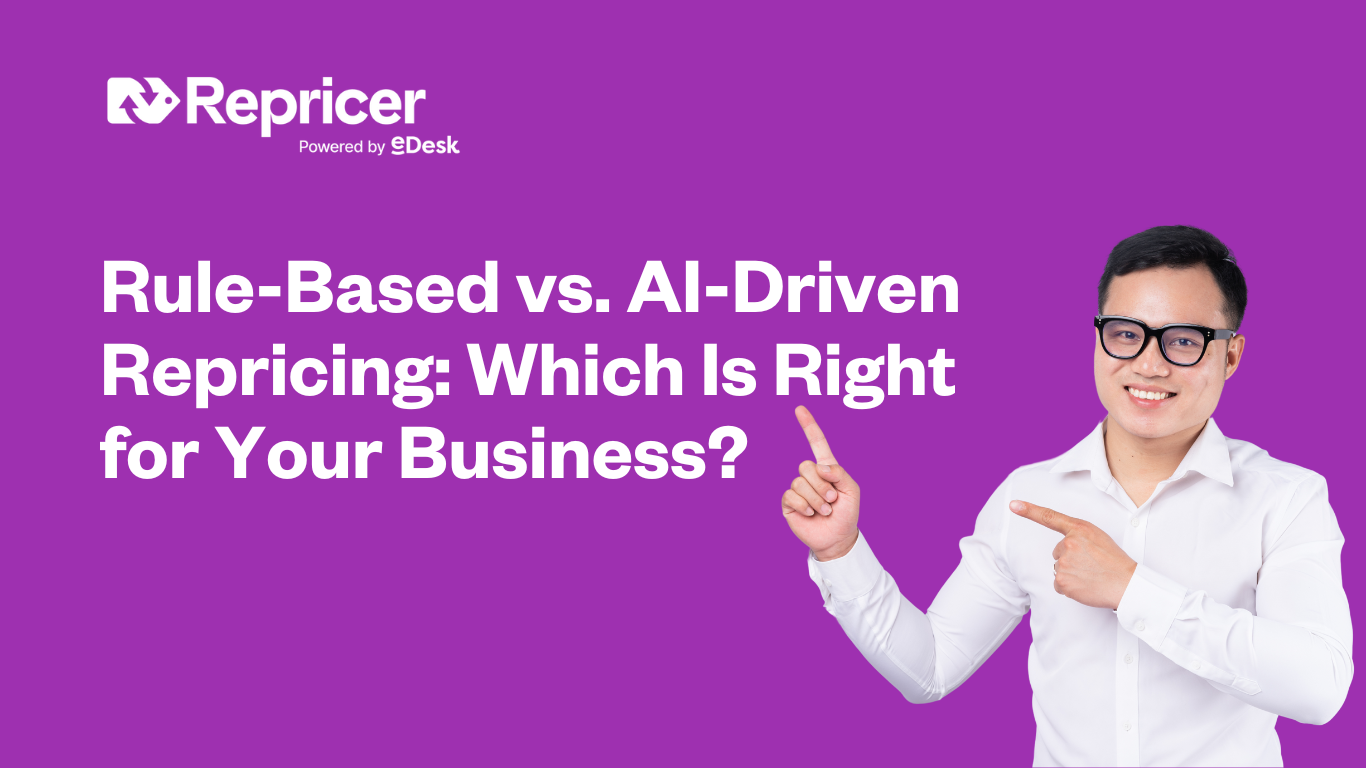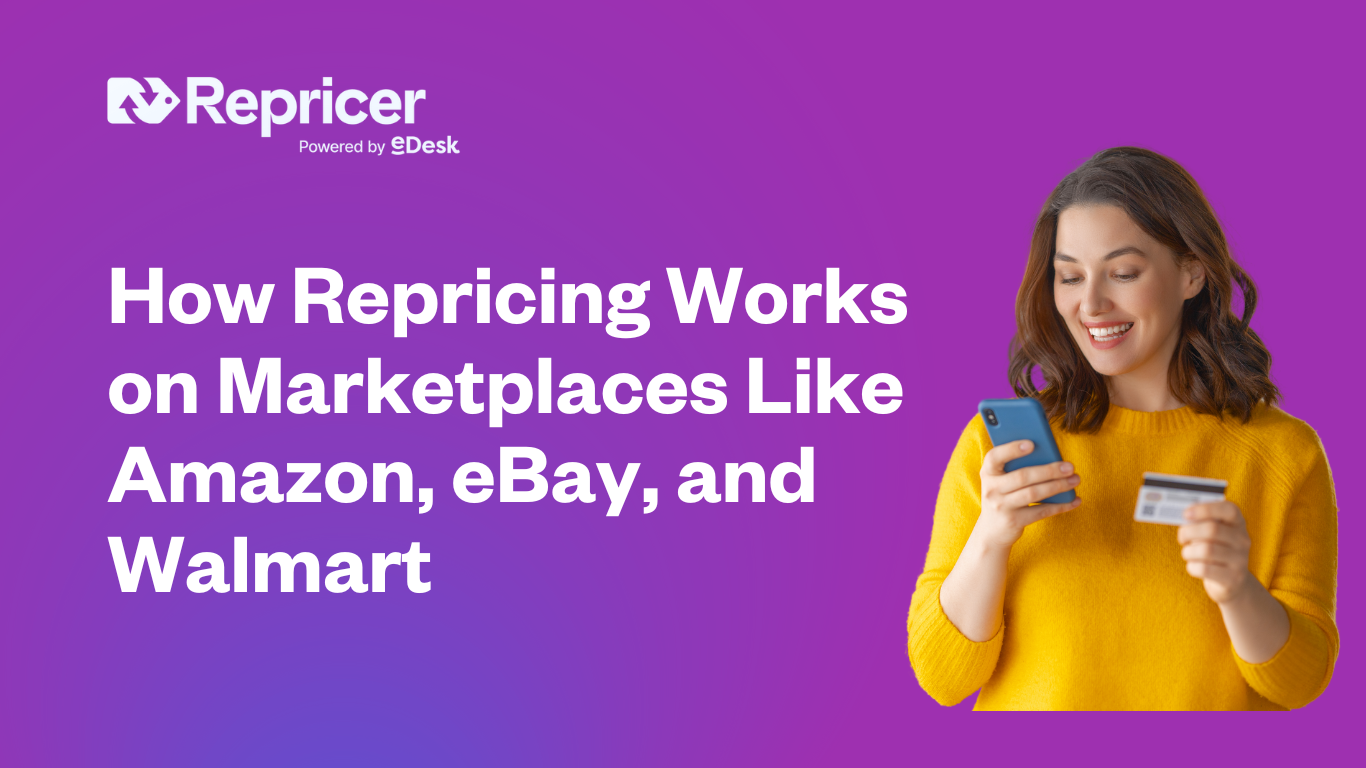Whether you’re an Amazon seller, an online retailer, or a marketplace vendor, you know that having the right pricing strategy can mean the difference between thriving or surviving in the world of eCommerce. Repricing tools help automate this process, ensuring that your prices stay competitive and profitable. However, not all repricing tools are created equal. The two main approaches—rule-based and AI-driven repricing—offer distinct advantages and drawbacks. So, which one is right for your business? Let’s break it down.
What is Rule-Based Repricing?
Rule-based repricing allows sellers to set specific conditions that trigger price adjustments. These rules are typically based on competitor prices, margins, stock levels, or sales velocity. For example, you can configure your repricer to always price your product 5% lower than your closest competitor or to never drop below a certain profit margin.
Advantages of Rule-Based Repricing:
- Control & Transparency: You define the pricing logic, ensuring it aligns with your strategy.
- Predictability: Since rules are explicitly set, price changes are easy to anticipate.
- Affordability: Rule-based repricers are often more budget-friendly compared to AI-driven solutions.
Disadvantages of Rule-Based Repricing:
- Limited Adaptability: Rules need to be manually updated as market conditions change.
- Competitive Blind Spots: It may not always react optimally to complex pricing trends.
- Potential for Price Wars: Overly aggressive rules can lead to unsustainable price drops.
What is AI-Driven Repricing?
AI-driven repricing uses machine learning and data analytics to make dynamic pricing decisions. Instead of following fixed rules, AI repricers analyze competitor pricing, market trends, demand fluctuations, and sales performance to optimize pricing in real time.
Advantages of AI-Driven Repricing:
- Smarter Decisions: AI can detect patterns and trends that human-set rules might miss.
- Real-Time Adjustments: AI continuously optimizes pricing based on changing conditions.
- Better Profitability: Instead of always competing on the lowest price, AI can strategically increase prices when demand allows.
Disadvantages of AI-Driven Repricing:
- Less Direct Control: AI operates autonomously, meaning you may not always understand its pricing decisions.
- Higher Costs: AI-driven repricers tend to be more expensive than rule-based models.
- Complexity: Some businesses may find AI repricers challenging to configure and monitor.
Which One Should You Choose?
The choice between rule-based and AI-driven repricing depends on your business size, goals, and competition level. Here’s a quick guide:
- Choose Rule-Based Repricing If:
- You prefer full control over your pricing strategy.
- Your business operates in a less volatile market with predictable pricing trends.
- You’re a small or medium-sized seller looking for a cost-effective solution.
- Choose AI-Driven Repricing If:
- You want an automated, data-driven approach to pricing optimization.
- Your market is highly competitive, requiring real-time adjustments.
- You prioritize maximizing profitability over simply maintaining the lowest price.
Final Thoughts
Both rule-based and AI-driven repricing have their place in eCommerce. While rule-based repricing offers transparency and control, AI-driven repricing provides adaptability and intelligence. For many sellers, the best approach is a hybrid one—starting with rules and gradually integrating AI for enhanced optimization.
At Repricer.com, we offer both rule-based and AI-driven repricing solutions to help you stay ahead in the competitive marketplace. Whether you’re looking for a simple, cost-effective way to manage prices or a powerful AI solution to maximize profits, we have the right tool for your business.
Ready to take your pricing strategy to the next level? Try Repricer.com today for free.




